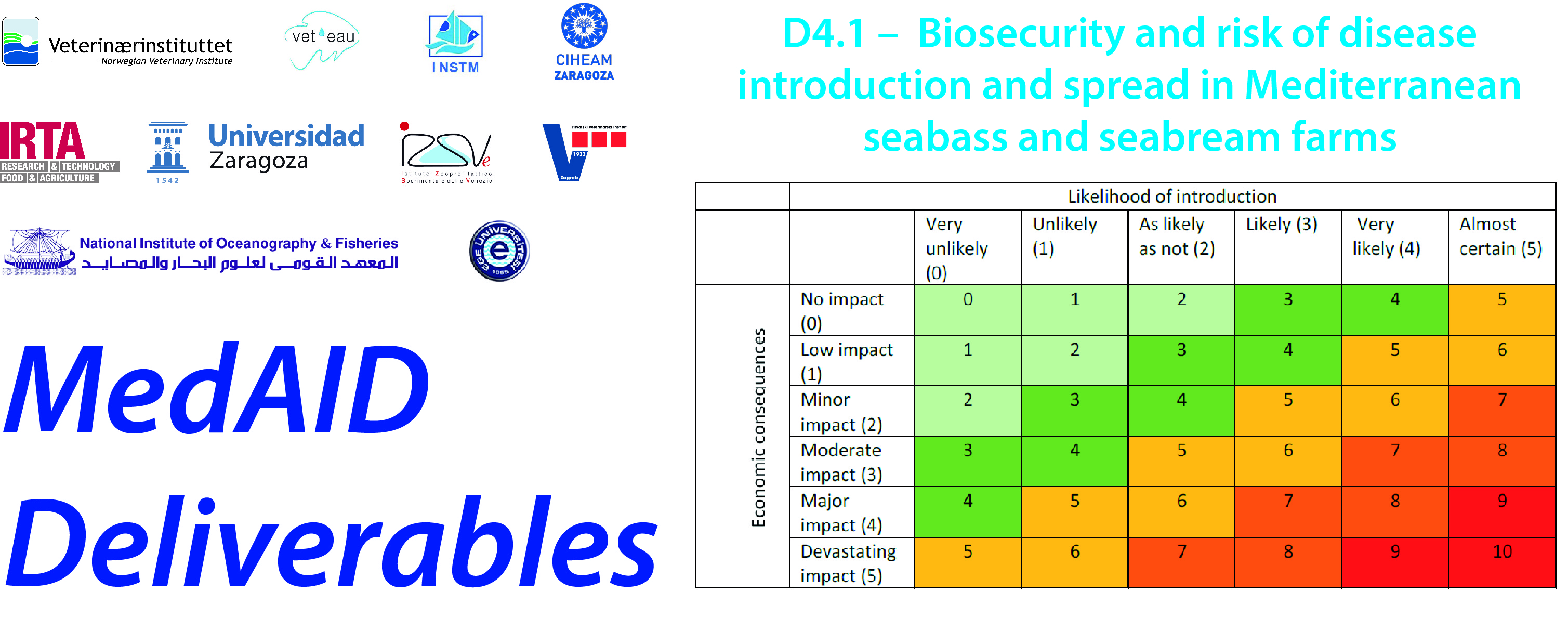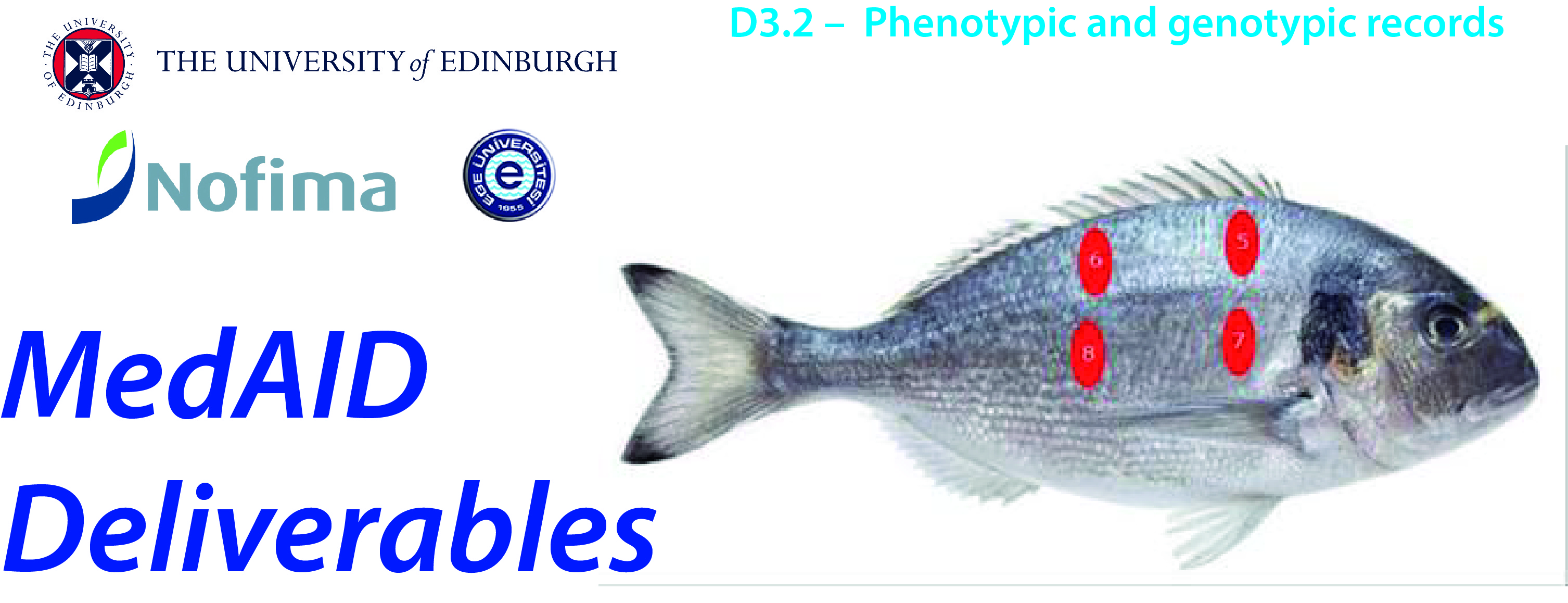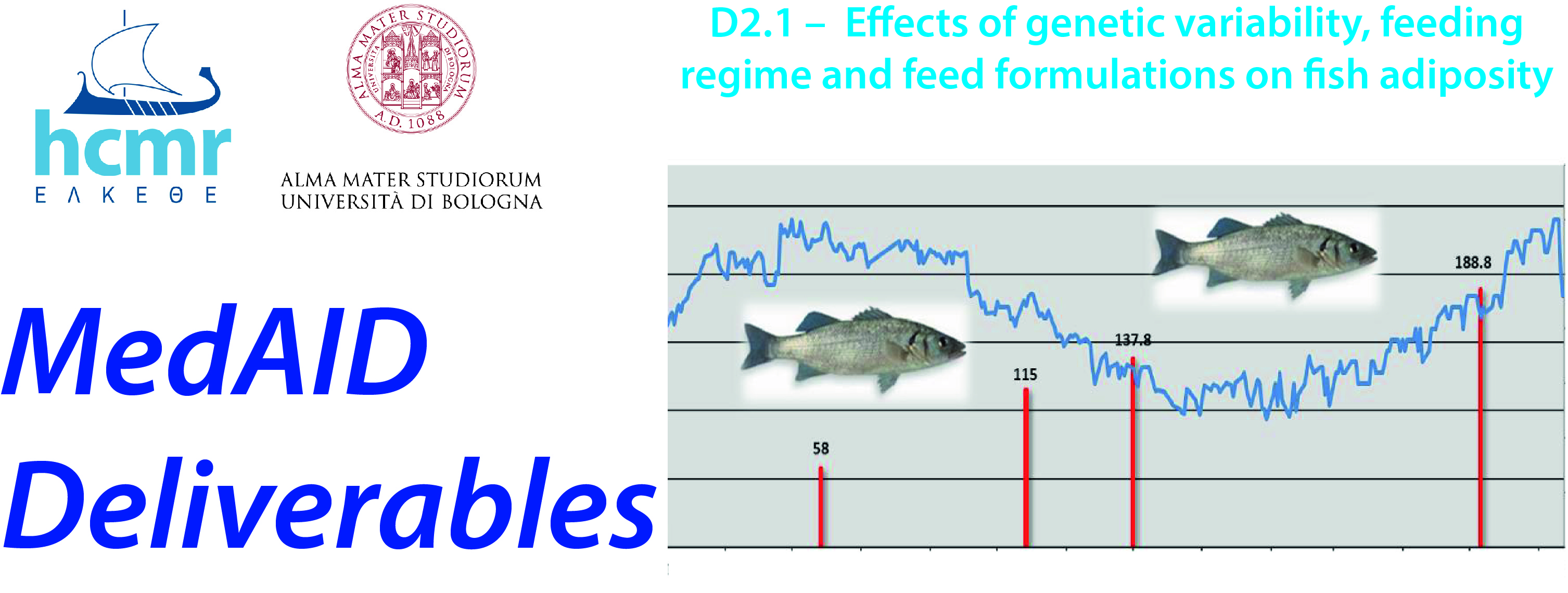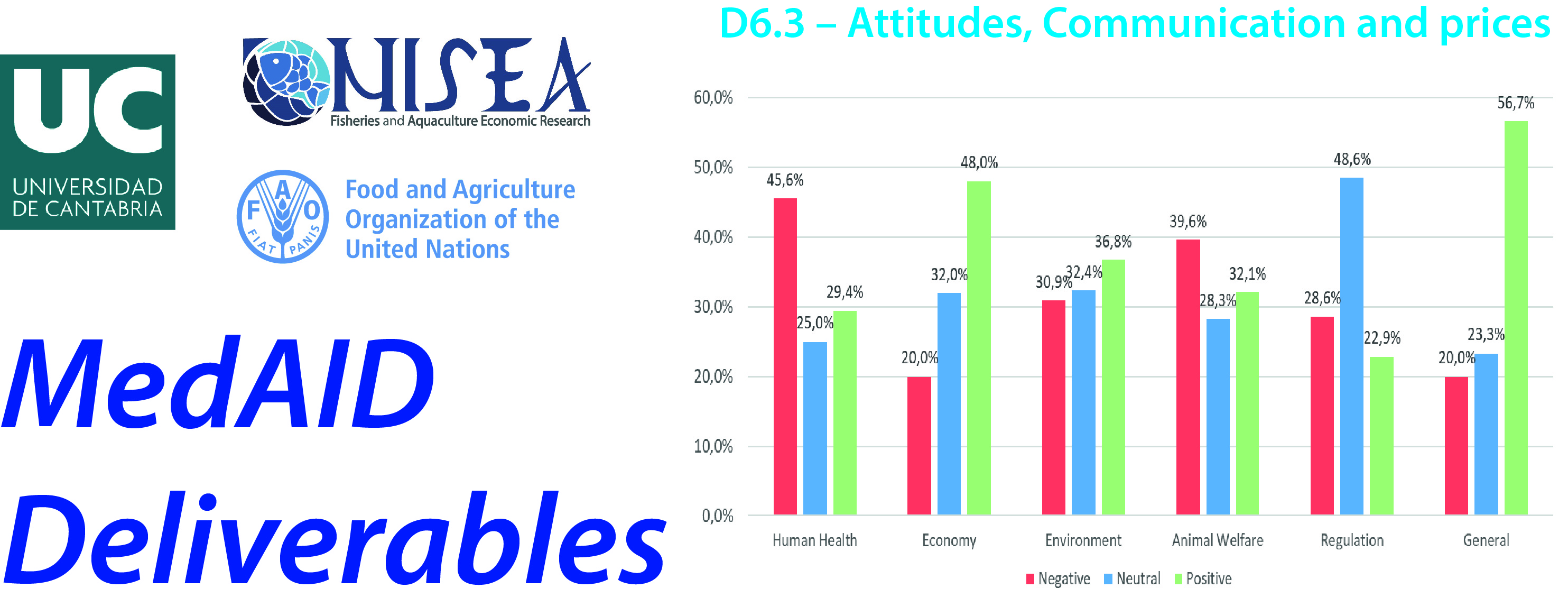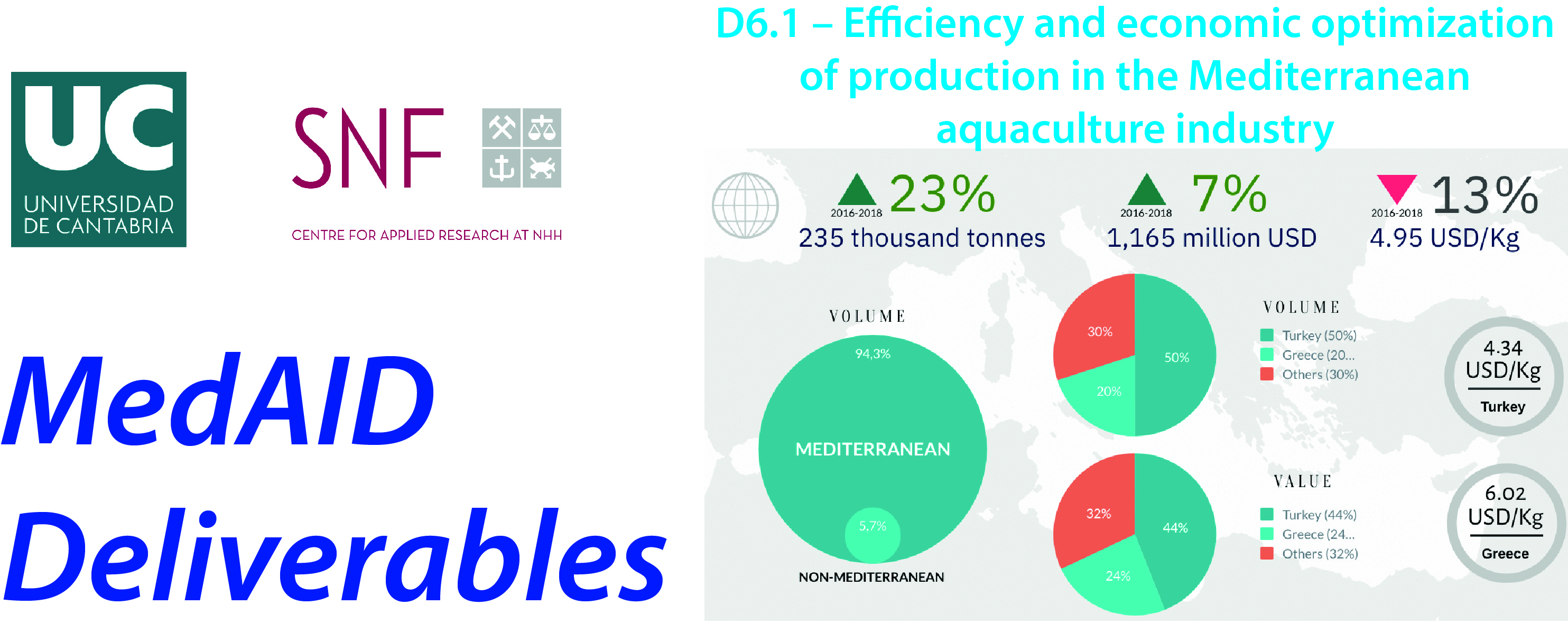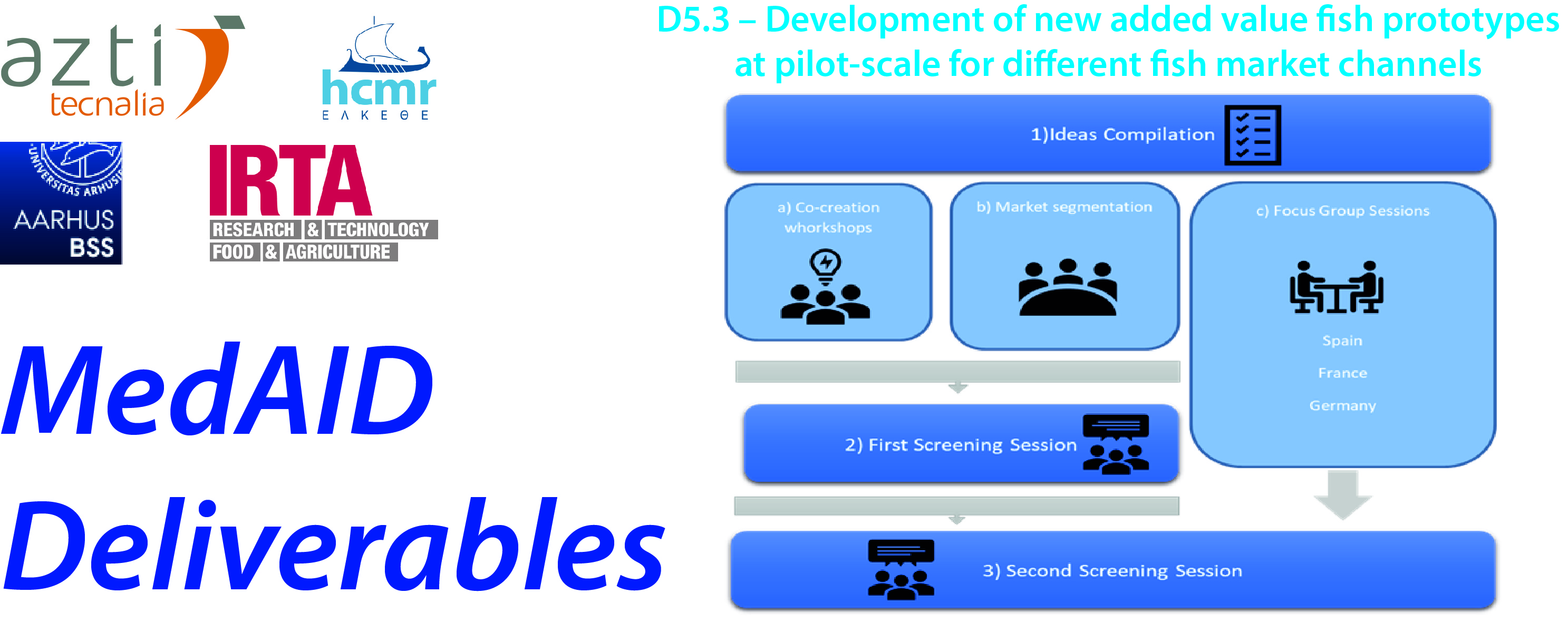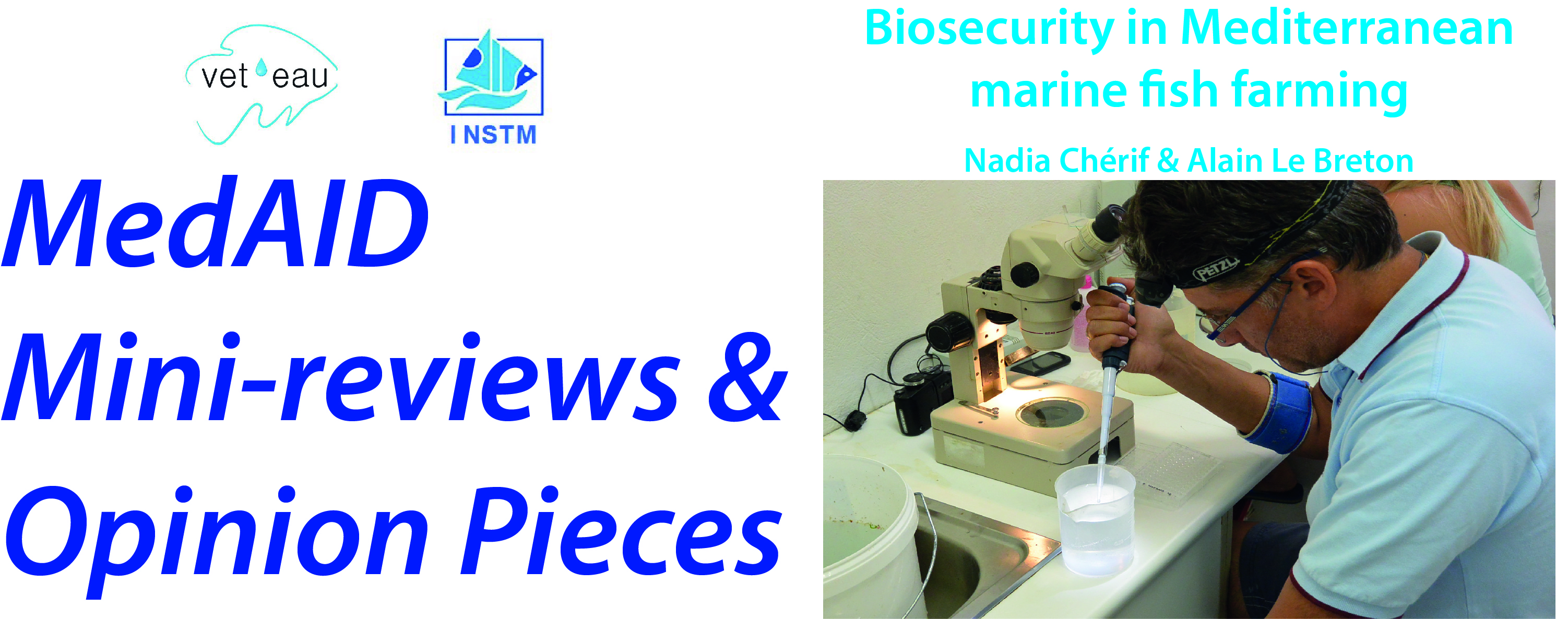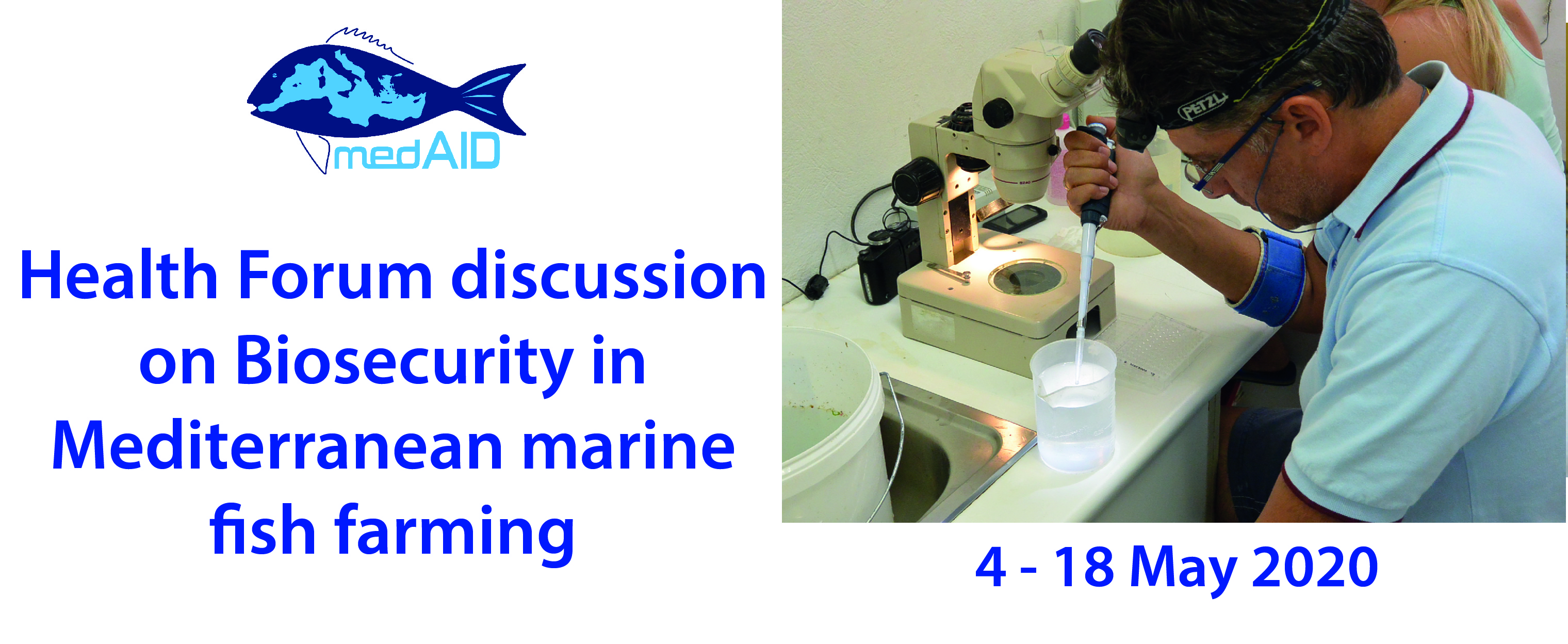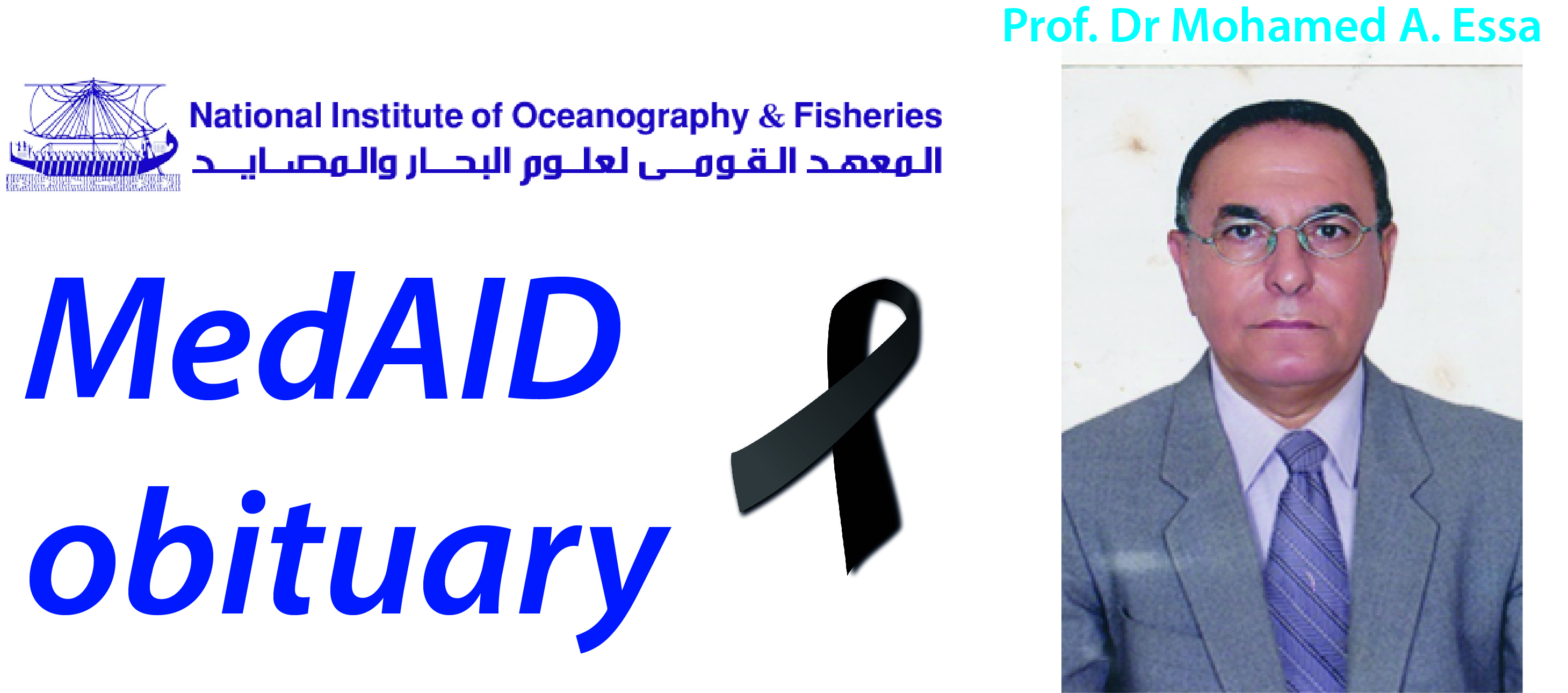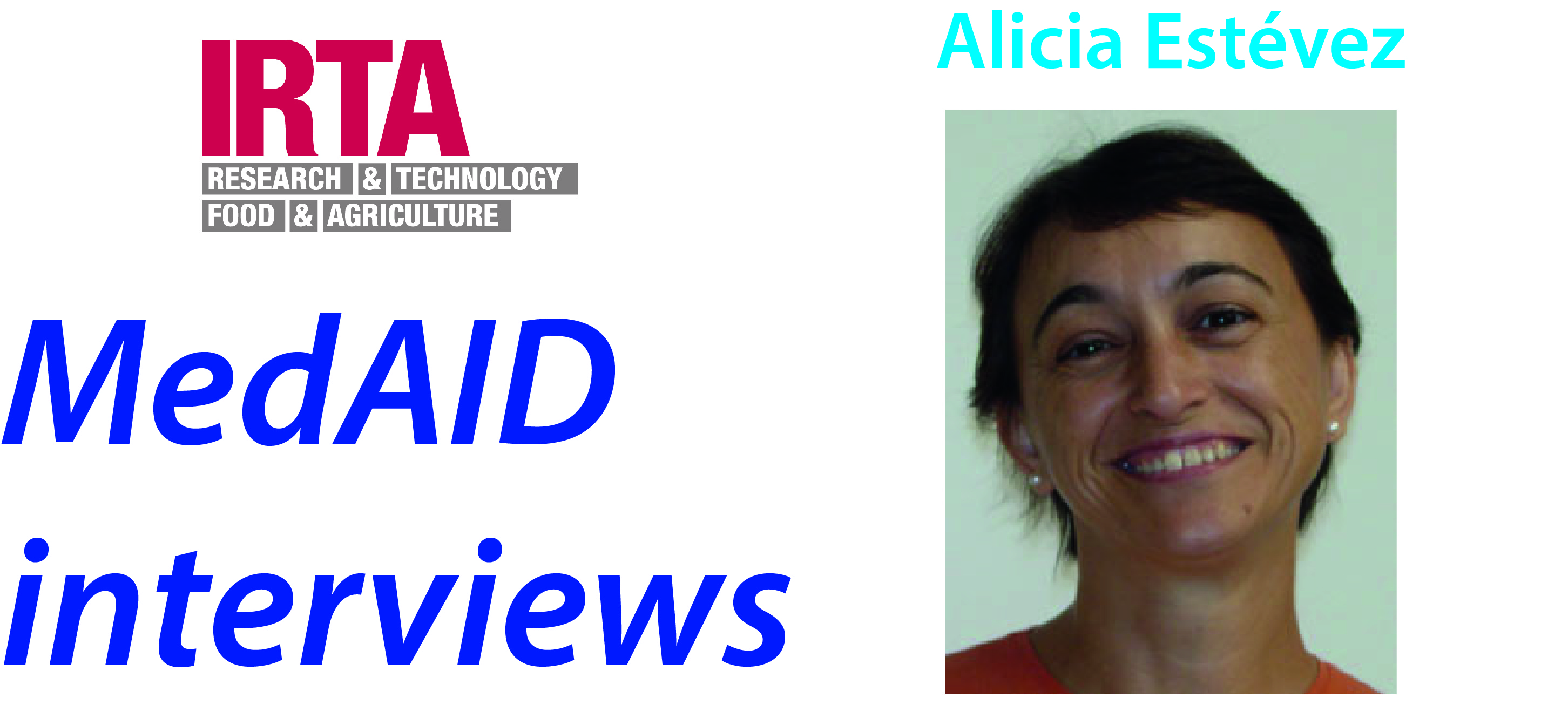The MedAID project (Mediterranean Aquaculture Integrated Development) aims to improve the key performance indicators (KPIs) of Mediterranean mariculture and considers health and welfare prerequisites for sustainable and profitable aquaculture in the Mediterranean area. Work Package 4: “Health management and diseases and fish welfare” addresses health issues and aims to provide tools and common strategies for the prevention and diagnosis of major diseases by creating an operative and collaborative Mediterranean platform. Task 4.1 aims to assess the risk of introduction and spread of emerging diseases at farm level, and to describe biosecurity measures to improve disease biosecurity management in seabass and seabream production in the Mediterranean basin.
A questionnaire survey was executed during the period 2018-2019. A convenient sample drawn from the MedAID database of farms/companies covering the Mediterranean basin included a total of 88 farms producing seabass and/or seabream from Croatia, Egypt, France, Greece, Italy, Spain, Tunisia, and Turkey. The purpose of this survey was to obtain an overview of farm and health management, biosecurity measures, fish health monitoring and disease diagnostics of Mediterranean marine fish farms. The questionnaire contained 19 different themes and was performed as face-to-face interviews. A univariate statistical analysis was run to test for significant association between farm mortality and various variables. Major findings were the significant association between farms reporting no major mortality due to pathogens and farms with good biosecurity practices.Continue reading

